Eighteen Dog-Keeping Tips That Pet Owners Must Know
Today, the editor of Boqi.com introduces eighteen dog-keeping tips for pet owners who have dogs. Although you are the dog's caretaker, do you really understand your dog? Do you know how to feed your dog so that it will develop better? Do you know how dogs dissipate heat? Do you know which things dogs dislike? Let's see how much you understand about dogs.
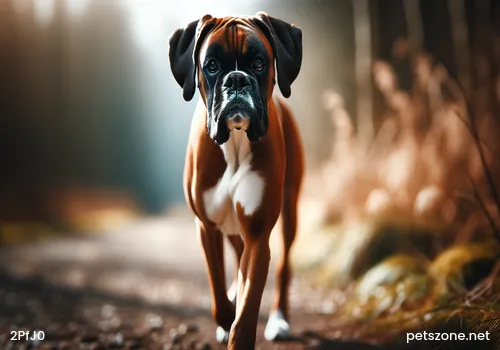
1. Dogs are carnivores. When feeding, more animal protein and fat should be included in their food, supplemented with vegetarian ingredients to ensure normal development and a healthy physique.
2. In the hot summer, dogs open their mouths wide and hang their long tongues, relying on water evaporation from their saliva to dissipate heat.
3. Dogs, belonging to the canid family, do not chew much while eating and tend to "wolf down" their food. If feeding coarse fiber vegetables, it is best to cut them into small pieces or cook them.
4. Dogs judge the strength of strangers based on the height of their eyes relative to the dog’s. When strangers approach, a downward oppressive gaze causes anxiety; adopting a low posture will make the dog accept you. If the person is lower than the dog's eye level, it will feel more at ease. The dog's weakness is on the right side, so it acts to protect that side. When cornered, the dog will place its right side against a wall and face the enemy with its left side. This instinct is innate. When dogs show their belly, it indicates submission and surrender to the opponent.
5. Dogs like to chew. This habit originates from tearing prey in the wild. When feeding, regularly give it some dog bones (dog chew toys; avoid poultry bones, and it’s best not to feed pig or cow bones either, as they may cause choking) to help grind the teeth.
6. Dogs enjoy living with people or other animals and dislike being alone. After some time, cats, chickens, and other pets at home can live harmoniously with dogs and receive their protection. Dogs especially fear loneliness, so try not to leave your beloved dog alone for long periods. When a dog is locked inside all day, you can imagine how excited it is to see the owner return home.
7. Dogs have shorter digestive tracts than herbivores, and their stomach acid concentration ranks highest among domesticated animals. Combined with a thick intestinal wall and strong absorption ability, they easily digest and are suited for meat foods.
8. When living in groups, dogs also have a “hierarchy” and dominant-subordinate relationships. Establishing such order maintains group stability and reduces fierce fights over food and living space.
9. When dogs lie down, they always turn around and check the surroundings for danger before resting peacefully.
10. Dogs like being petted on their neck and back. Avoid touching the top of their head, as it can make them feel oppressed and dizzy. Also, do not touch their buttocks and tail. "Dogs can’t stop eating feces" is their worst bad habit and must be corrected.
11. Dogs’ defecation centers are not well developed, and they cannot defecate while walking, so we must give them designated times to relieve themselves.
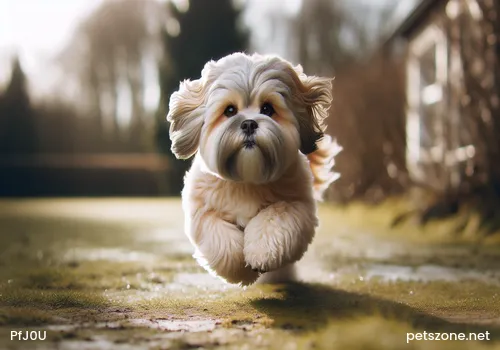
12. There are rules in dog society; they never attack opponents who lie down exposing their belly. When a dog lies on its back showing its belly, it means trust or feeling very safe, allowing people to see or touch its belly. By the way, the only animals that break these brutal unspoken agreements within species are humans and birds. Dogs like people more than other dogs, not only because people take care of them and provide food and shelter, but mainly because dogs develop emotional bonds living with humans. Dogs have strong protective feelings toward their owners.
13. Dogs have territorial instincts, occupying and protecting a certain area, preventing other animals' intrusion. They mark territory with anal gland secretions giving their feces a special smell, sweat from their toe glands, and scratching the ground with their hind legs. Dogs are very jealous; if you pay more attention to a new dog and neglect your own, it becomes angry, breaks established routines, becomes irritable and destructive. Dogs also have vanity and like praise. When they do a good deed or a trick, clapping and petting them makes them as satisfied as eating a sumptuous meal. Dogs can be shy; if they make a mistake or get their fur cut too short, they hide away until hungry enough to come out.

14. Regarding memory, dogs seem never to forget the voices of people they once closely interacted with and can remember places they lived. But some believe dogs rely on their keen senses to recognize familiar voices and places. Dogs like to sniff everything—territory marks, new food, toxins, feces, urine, etc. When roaming outside, dogs often urinate or defecate to spread their feces along the route; these "scent marks" help them navigate. Dogs like to chase and kill small animals such as rabbits, cats, and sheep, and even chase humans. People utilize this trait to herd sheep, cattle, and protect themselves.
15. When sick, dogs instinctively avoid humans and other dogs, hiding in dark places to recover or die—an "atavistic phenomenon." Their ancestors lived in groups; if a dog was sick or injured, others would kill it to avoid infection or suffering from being left behind. Dog owners and keepers should note this and promptly call a vet. Dogs hate alcohol most. At the vet, dogs behave obediently before alcohol is applied; once it is smelled, their fur stands and they growl anxiously. Dogs fear fire, so they dislike anything smoking such as matches or cigarettes.
16. A dog’s tail movement is a form of “language.” Though tail shapes and sizes vary by breed, the tail’s actions convey similar meanings. When excited or happy to see their owner, dogs wag their head and tail. The tail not only swings side to side but also twists continually; a raised tail indicates joy; a drooping tail means danger; a still tail shows unease; a tucked tail shows fear; a rapid horizontal wag symbolizes friendliness. Tail movement also relates to the owner’s tone. When spoken to kindly, dogs wag their tails happily; when spoken to harshly, they tuck their tail showing displeasure. For dogs, human speech tone is simply a sound source, not language. Human smiles and a dog’s tail wagging are similar communication forms. According to Kuilo’s "The Intelligence of Dogs," dogs wag their tails only at living beings. A dog lying alone won’t wag at a favored inanimate object. Dogs may like certain foods but won’t wag tails at food unless another living being is present. Jean Craighead George’s "How to Talk to Your Animals" shares this view: dogs wag tails only at living beings, similar to human smiles, not at inanimate objects like dinner, bed, car, stick, or bones. However, this is controversial. Canine expert Pickoff told me this is wrong: he once saw a dog wagging its tail at dinner from another room—probably not because the dog knew it was being watched. Vet friend Federman in Berkeley agrees. Either way, tails convey many messages, and even if dogs wag at both living and non-living things alike, it does not change their love of close contact, which is why they wag when seeing us. Just observe dogs wagging their tails toward strangers; many people immediately engage warmly—even embarrassingly—saying, “You little cutie, sweetheart, beautiful little one, how clever and great you are! Come for a kiss.” The dog happily complies. With prolonged observation, you’ll notice dogs sometimes eat grass. Why do dogs sometimes eat grass? Their digestive anatomy differs from humans, an important factor. Dogs have large stomachs about 2/3 of the abdominal cavity and short intestines about 1/3. Dogs primarily digest food and absorb nutrients in the stomach and digest meat easily but are less suited for fibrous leaves or grass. Dogs eat grass occasionally, usually little, sometimes vomiting afterward. Unlike cows or horses, dogs don’t eat grass to fill their stomachs but to cleanse them. Foods strictly forbidden for dogs: onions, chives. Also, avoid exposing dogs to foods or substances with strong scents that harm their delicate sense of smell.
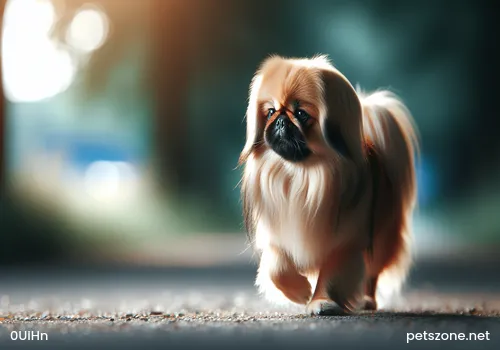
17. A dog’s personality and growth environment, especially human guidance, are closely related. If regularly exposed from an early age to strangers and new places, dogs become friendly and lively. Conversely, dogs tied at home with little contact with strangers or with multiple incidents of stranger aggression will be very wary, hostile, and irritable.
18. Dogs have unique self-defense abilities. After eating toxic food, they can induce vomiting to expel the poison.
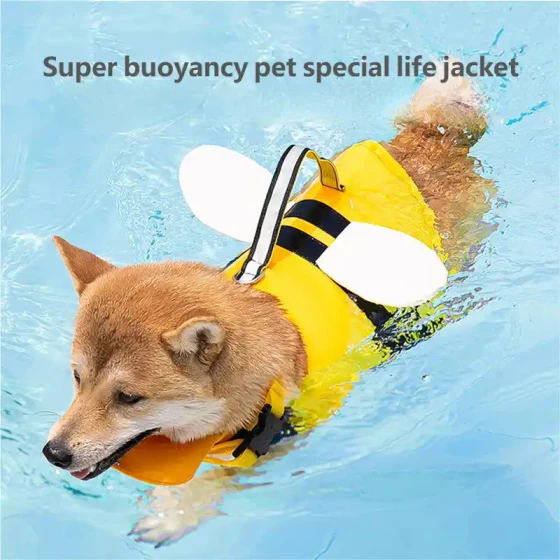
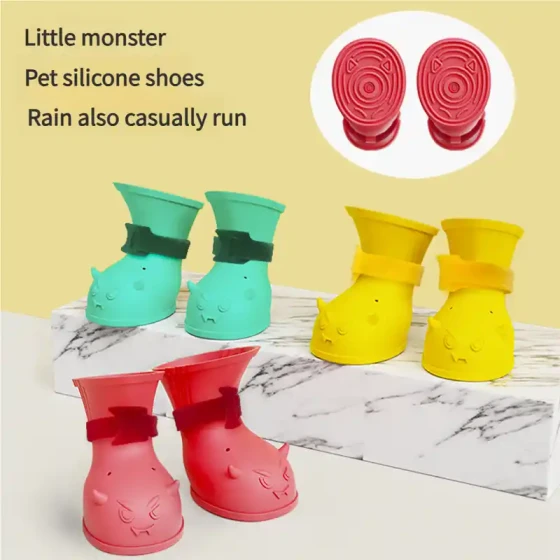

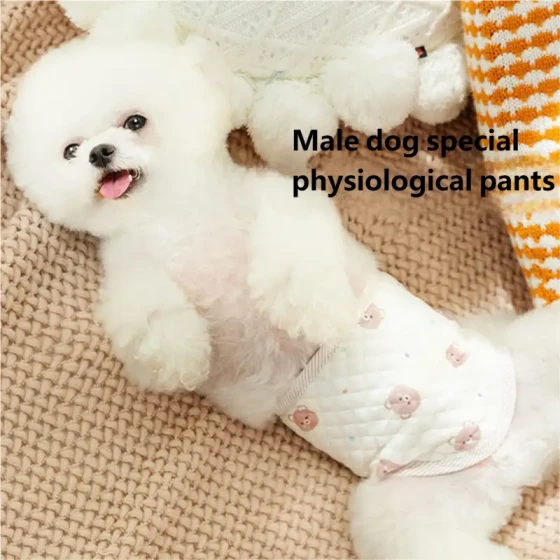

-560x560.webp)